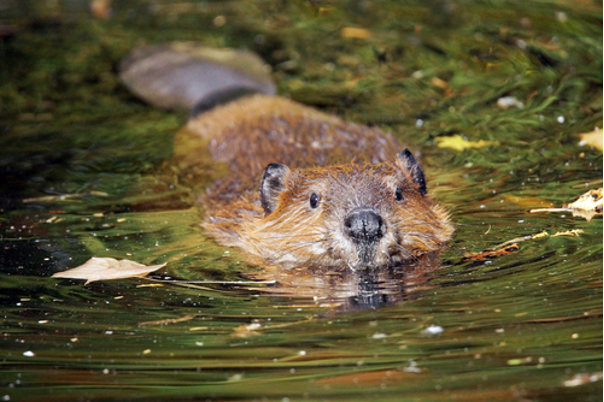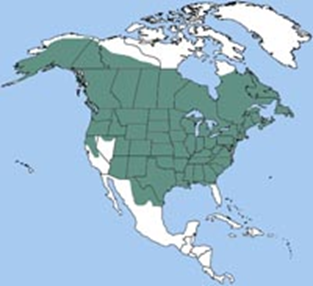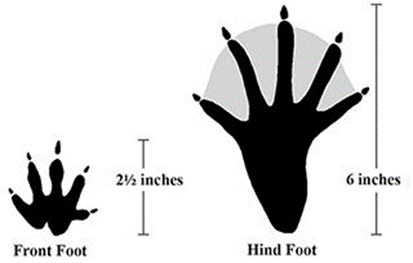-
Beaver
problems are normally solved by means of lethal trapping.
-
There
are a variety of lethal traps available for catching beavers including: footholds,
conibears and snares.
-
Most
of the time these traps are partially or completely submerged in water.
-
Baits include castor bait or gland
lure.
-
Positive
set live trapping with a Comstock trap is also an option.
-
Beaver
dam removal can be offered after the animal is removed. This is done by
removing the existing dam materials and hauling them away.
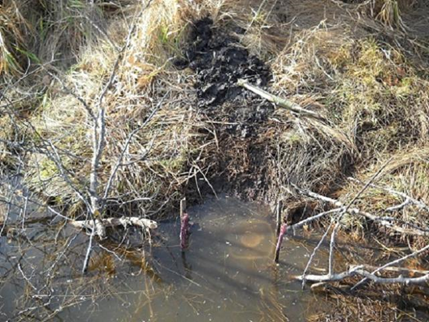
Foothold Trap Set on Beaver Trail
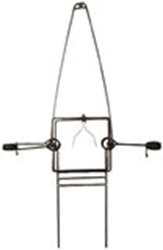
330 Conibear with H Stand
